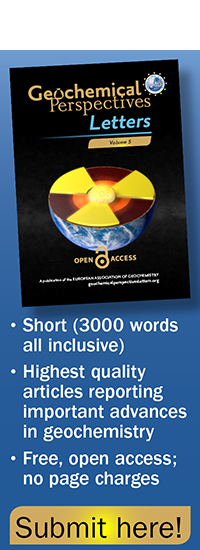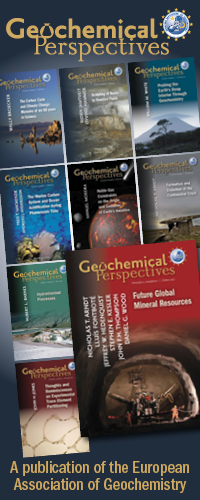
[ScienceAlert] Created by Félix Pharand-Deschênes, CEO of the non-profit science communication organisation, Globaïa, this graphic shows the 1.4087 billion cubic kilometres of water in the world - including oceans, ice lakes, rivers, clouds, and ground water - in relation to the 5,140 trillion tonnes of air in our atmosphere. Read more

[ScienceDaily] A 25-year-long study published in Geology on 14 July provides the first quantitative measurement of in situ calcium-magnesium silicate mineral dissolution by ants, termites, tree roots, and bare ground. This study reveals that ants are one of the most powerful biological agents of mineral decay yet observed. Read more

[Scientific American] Asteroid and comet impacts could have created refuges for early life on Earth, protecting the first microorganisms from the sun’s harsh rays when the planet still lacked an ozone shield. Read more

[The Guardian] Planet-naming competition could bring Gallifrey and Vulcan into existence - New exoplanet names cannot be living people or divisive, but famous planets in science fiction could be strong candidates Read more

Every day, above our planet, five Earth-observing satellites rush along like trains on the same "track," flying minutes, and sometimes seconds, behind one another. They carry more than 15 scientific instruments in total, looking at many different aspects of our home planet. Called the Afternoon Constellation, or A-Train... Read more





















